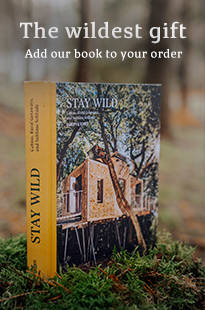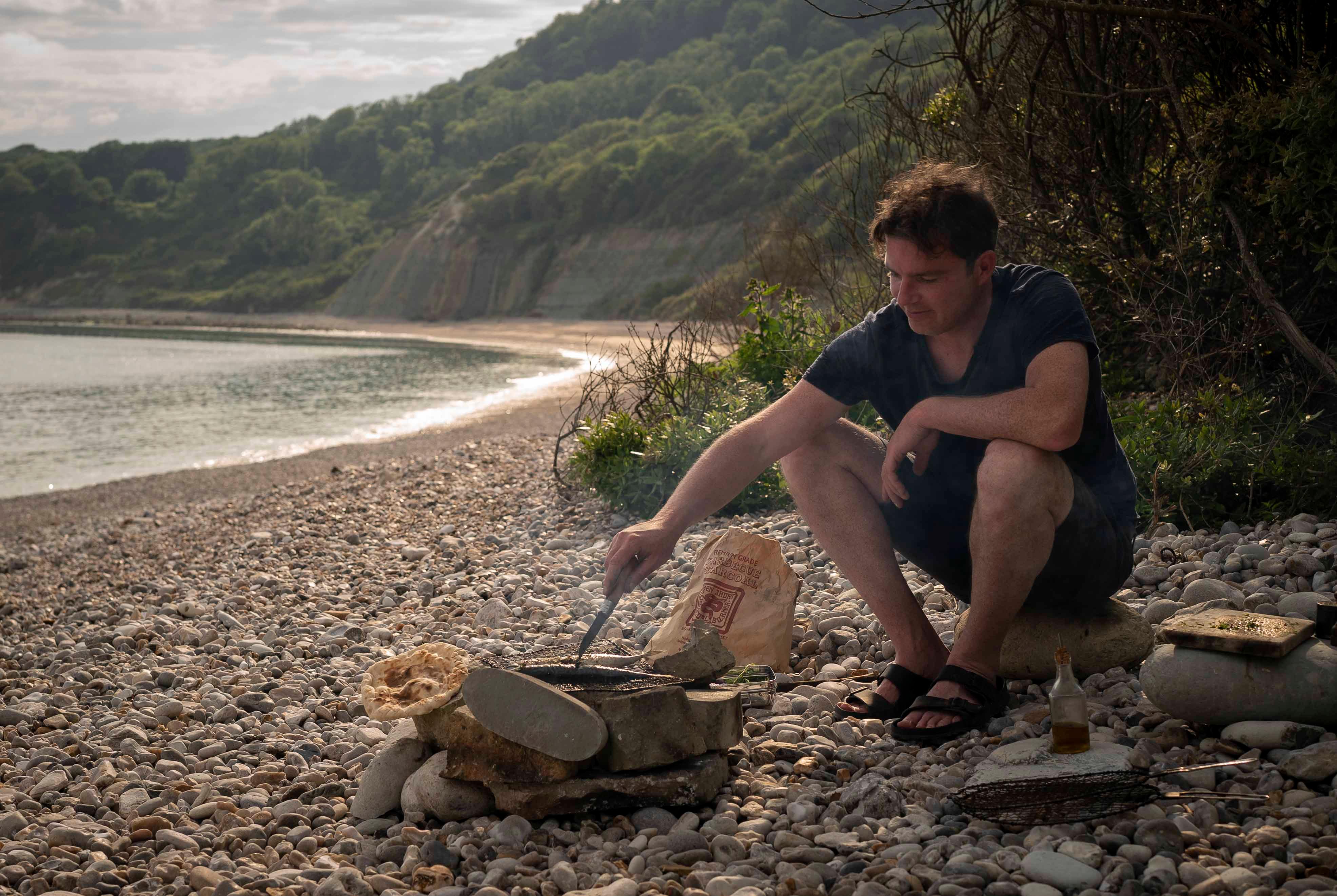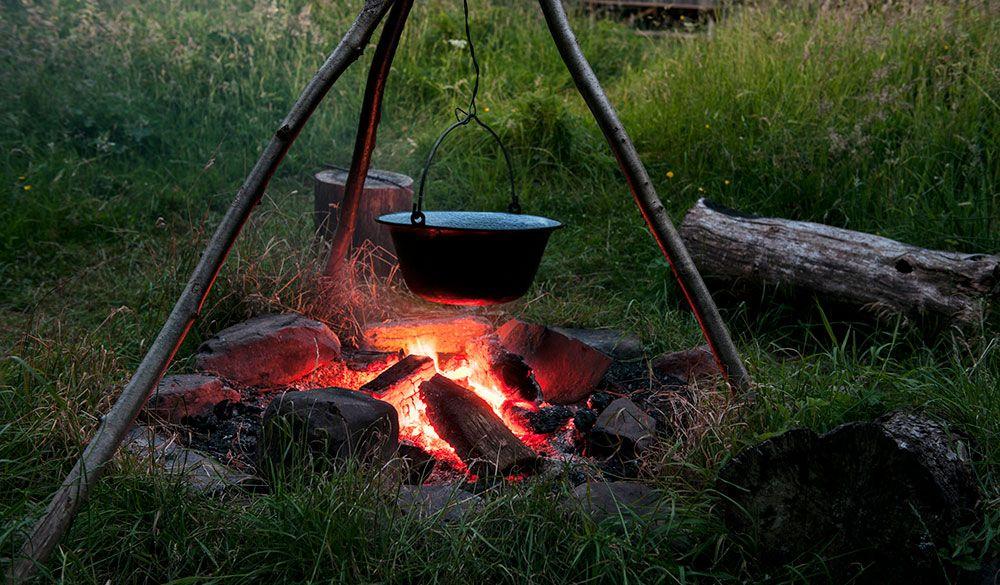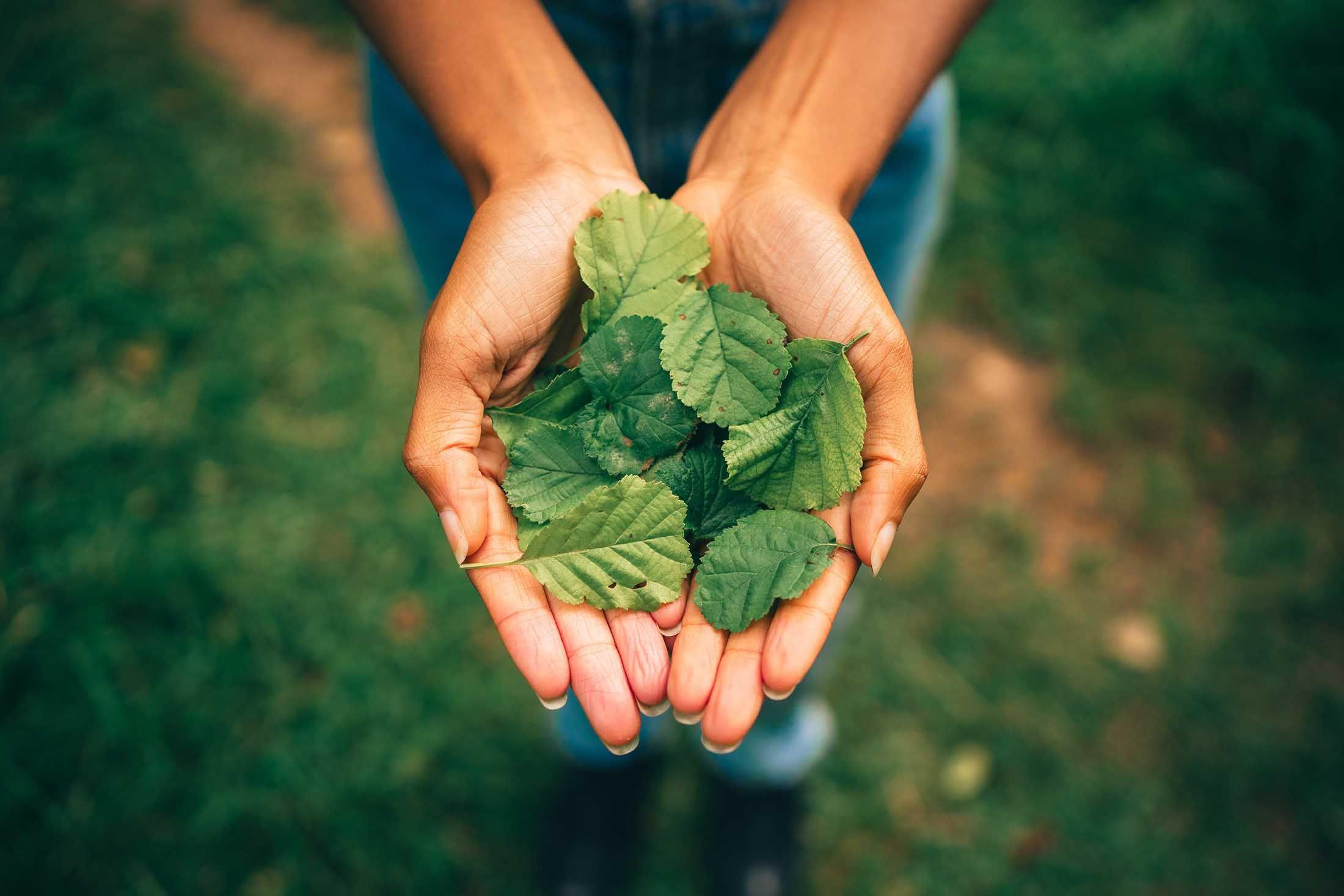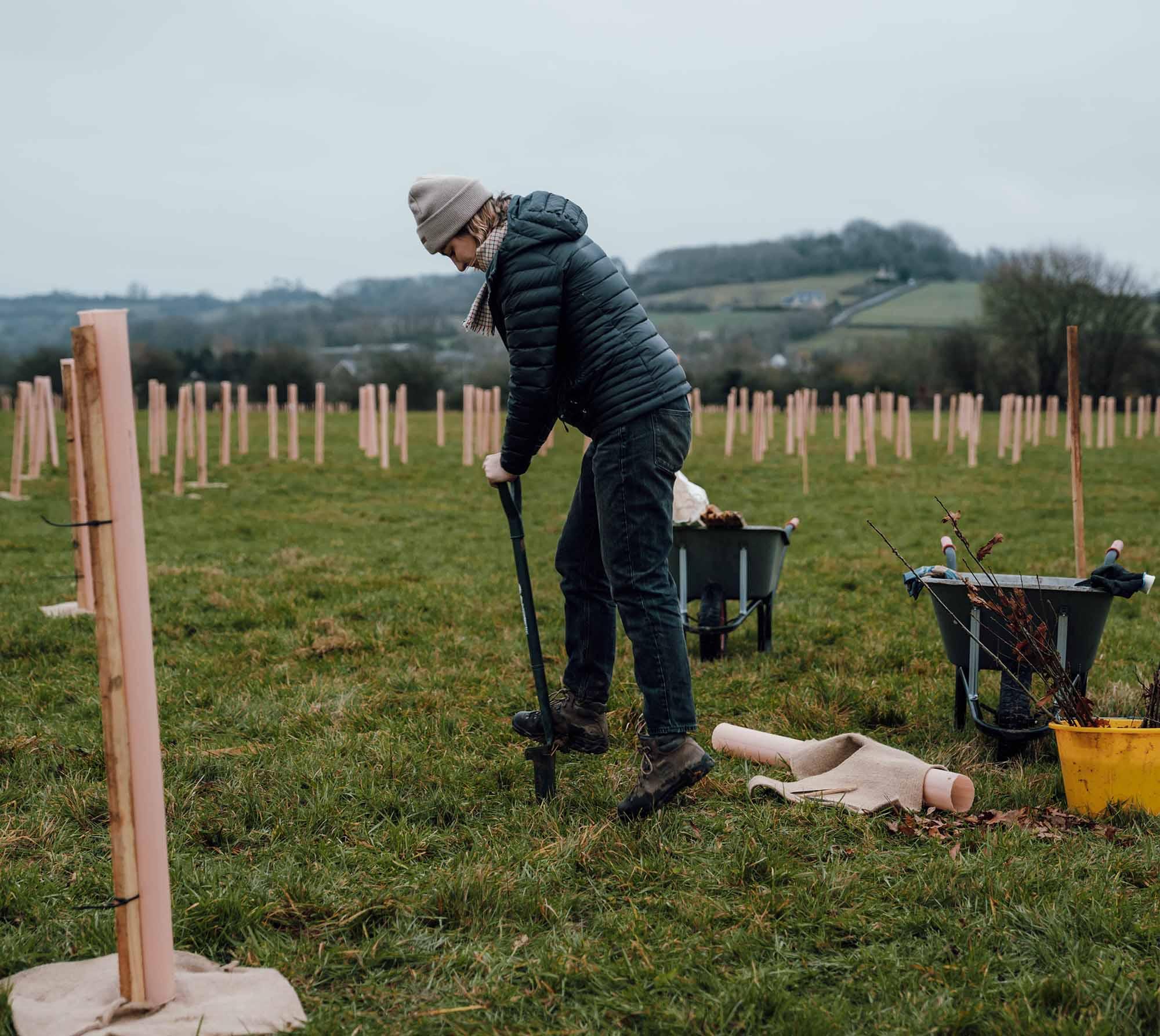- Location
- Glamping
Special occasions
- Stories
- Gift Cards
- About us
About Canopy & Stars
More from Canopy & Stars
More at Sawday's
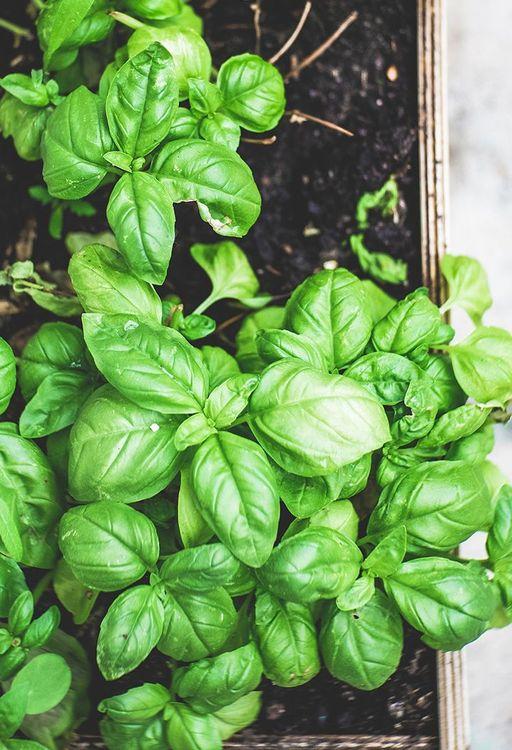
Learn how to grow your own veg box with Alice Vincent
Summer’s rumbling on and if you’ve thought about growing your own food, but aren’t entirely sure how to start, there’s no time like the present. While the more organised and the more enthusiastic may have started their seasonal crops back in early spring - or even late winter - there’s still plenty of time to have a go and get a taste for growing your own food. Now the ground has warmed up, there are even some varieties that actively prefer to be grown later in the season.
The essentials
Whatever your growing space, from windowsill to allotment plot, there will be something delicious you can nurture from seedling to plate. But before you start raiding what’s left of the seed packets in the supermarket, it’s a good idea to get a sense of your space. Much as you wouldn’t buy a sofa before measuring up your living room, it’s important to work out how much light and space you can give to your growing plants. Plants get energy from light and from nutrients in the soil, and it takes a lot of both for them to create fruit and vegetables for us to eat, so it’s important to find the brightest spot you can readily access to grow in.
The physical space you’re growing in is also important. If you’ve only got a sunny indoor windowsill, that’s fine, but you’ll be growing different things from somebody who has an empty garden plot. Some crops - such as broccoli and beans - take up more room than, salad leaves or herbs. Working out how much room you’ve got to grow in and how much light it gets is the first really important step to successful growing.
Whatever you’re growing, read the seed packet to find out the best conditions for your variety. Be consistent with feeding and watering your growing plants and plant them in the best-quality compost you can get your hands on. Happy plants start from the ground up.
Knowing what to grow
Once you shake off the idea that you’ll be replacing your veg box with your windowbox, growing your own becomes a lot less pressure. Without proper space, a polytunnel and a lot of organisation, it’s unrealistic to expect to be self-sufficient from what you grow at home. Instead, see growing your own food as a fun supplement to what you would normally buy. A fun option is to grow the varieties you just can’t get in the supermarket - unusual herbs such as lovage or sweet cicely, bright pink lettuce (look for the Lollo Rosso variety) and pattypan squashes.
Or simply grow what you’ll happily eat every day. This is why I’ve always grown herbs: parsley, thyme, coriander, rosemary and basil are nearly always on my plate, taste so much better from the garden and save endlessly on single-use plastic waste. They can thrive in a window box, too.
The best crops for small spaces
Thinking about what you’d like to eat and where you can grow it should steer you towards some seeds to start playing with. But if you’re open to opportunity there are some edibles that can be grown easily in small spaces most of the year round. Late summer is a great time to get a round of winter radishes in, which will grow quickly in the warm earth and offer you a peppery taste of summer as the nights draw in. They’re windowbox friendly, but will require regular watering to fatten up.
More generally speaking, look around for dwarf varieties. I grow dwarf peas in an old tin bath tub on my patio, which will have a smaller yield than larger varieties but don’t need as much staking. Dwarf aubergines can be grown in pots - although you’ll want to wait a few months to sow them - and dwarf tomatoes can be trailed happily out of hanging baskets. You might not have much room underfoot, but don’t forget you can use the vertical space of walls for beans and fruit trees.
What to sow now - and later
Now’s a great time to eat salad, but it’s also a good time to sow some, too. Look out for autumn/winter-friendly varieties: I love winter purslane, which is not only difficult to buy in the shops but delicious and packed full of Vitamin C. It thrived on my shaded balcony; I planted up some organic plug plants I ordered online in a supermarket Bag For Life with some drainage holes sliced into the bottom. Lamb’s lettuce is another treat that tastes so much better from the ground. You can sow these into September, so have a look around for seeds now. A sunny spot is ideal but make sure your plants are sheltered from wind.



